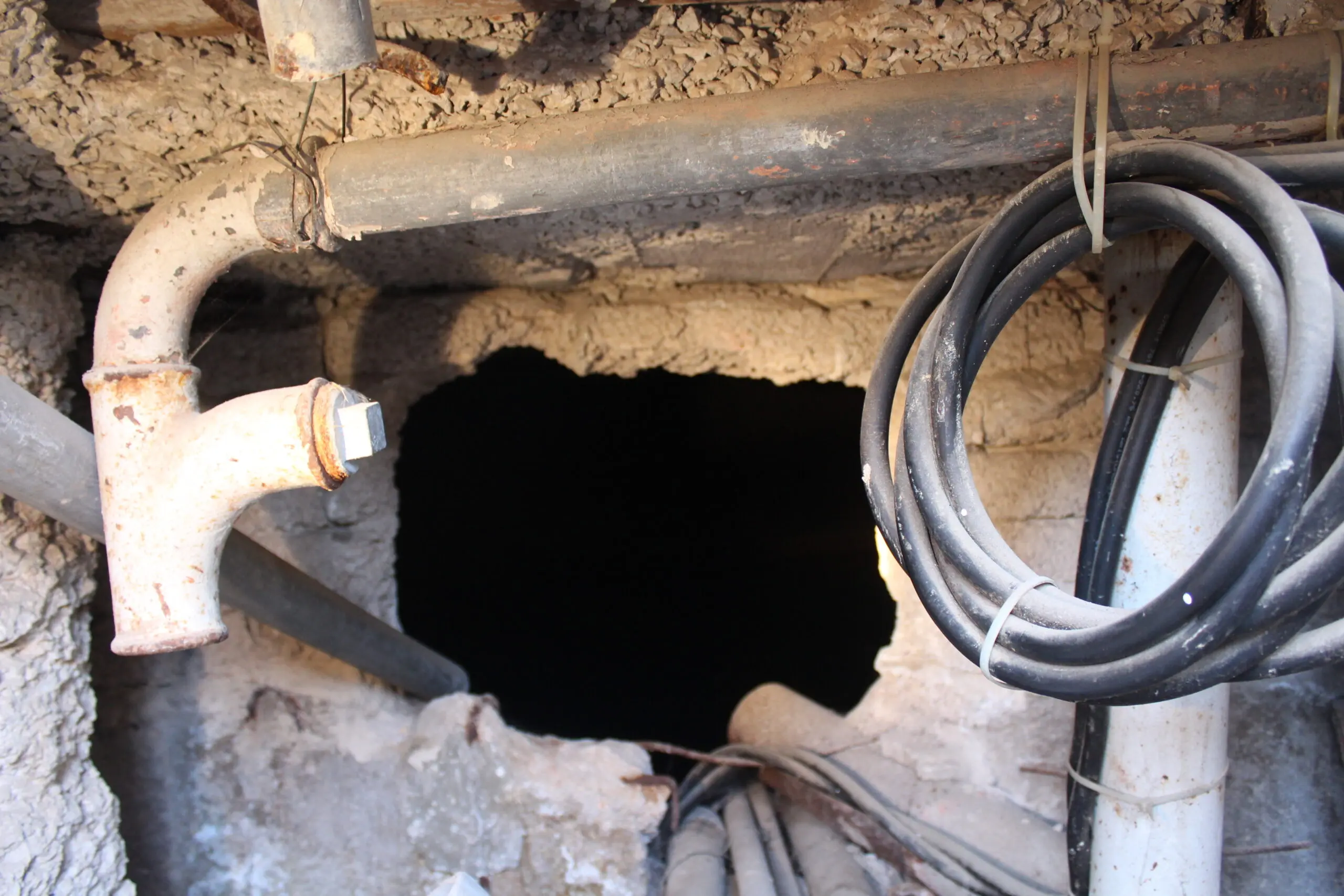Water storage systems operate behind the scenes, but their condition directly affects daily life. Cisterns, especially older ones made of concrete or stone, often show signs of long wear before the homeowner notices a leak or a drop in water quality. The structure remains buried, and for a time, it seems untouched. But water finds weaknesses. Cracks grow. Seams widen. Without reinforcement, even the thickest walls allow seepage. That’s where a cistern liner earns its role—not by adding weight or complexity, but by forming a permanent barrier between stored water and aging walls.
The purpose of a cistern is simple: collect, hold, and keep water safe until needed. But as concrete cures and shifts, as freeze-thaw cycles repeat each year, the original material changes. Tiny movements lead to larger failures. Porous surfaces absorb moisture, and the bacteria that follow change both the smell and quality of the water. In a rural home that depends on well or rain catchment, that failure means more than inconvenience. It disrupts the entire rhythm of use.
Polyurea and polyurethane liners now offer a way to keep the structure intact without demolition or rebuilding. The coating doesn’t work as a patch. It acts as a membrane. When sprayed across the interior, it seals every joint, every imperfection, and every uneven surface. It follows contours instead of flattening them. Once cured, the surface resists water—not by repelling it, but by forming a bond it cannot pass.
The application doesn’t change the footprint of the tank. It doesn’t interfere with plumbing or fittings. And it doesn’t shrink, or peel once exposed to long-term water contact. This stability matters when the tank stores more than just utility water. For drinking or cooking supply, the liner’s consistency helps maintain quality. Without chemical leaching or surface breakdown, the liner stays inert while the tank performs as intended.
Modern homes that manage their own water systems can’t afford to gamble on maintenance. A lined tank performs better in drought, holds longer in cold, and resists the subtle damage that might take years to show but minutes to spread. Once failure happens, patching doesn’t hold. The better move is to seal the surface entirely before breakdown starts.
Beyond rural homes, even suburban or off-grid properties find value in protection. Rainwater harvesting grows more common in areas with water restrictions or frequent dry seasons. But collected water only holds its value if the cistern keeps its structure. Cracks not only cause loss, but they also invite contamination. A proper liner prevents both. It works whether the tank sits underground, inside a garage, or beneath a structure.
Every coating depends on preparation. In the case of cisterns, that means removing debris, ensuring a dry substrate, and applying at the right temperature. That process takes planning, but the result doesn’t ask for follow-up. The liner becomes a lasting part of the tank. It won’t wrinkle. It won’t tear. It simply holds its shape as the structure behind it ages.
That difference shows up over years, not over days. With an unlined tank, cleaning must happen often. Algae blooms grow in sunlight. Bacteria accumulate in cracks. Discoloration spreads. With a lined surface, the interior wipes clean. Fewer chemicals are needed to sanitize the tank, and fewer repairs follow inspection. That reduced burden becomes part of the long-term savings.
The topic of cistern coating includes more than just liner type. It covers the science of adhesion, the right material for different tank types, and the decisions homeowners make between repair and replacement. But the takeaway stays consistent: a coating that becomes part of the tank offers more than protection. It extends the tank’s life without changing how the system operates.
When a coating does its job, the homeowner forgets it’s there. That’s the point. A good cistern liner doesn’t attract attention to itself. It works quietly, in the dark, under pressure. It holds back thousands of gallons while the family goes about their day. And when winter returns or the dry months stretch longer, the liner doesn’t require checking. It stays sealed, without needing to be seen.
In home systems, peace of mind comes not from features but from absence. Absence of leaks. Absence of mold. Absence of repair calls. A tank with a liner feels solid not just because it holds water, but because it stops the worry that comes with watching for the first sign of damage.
As more homes manage water storage independently, the value of sealing and maintaining that storage grows. A cistern that holds its integrity holds the value of the entire system. And the liner inside that tank holds the structure in place—not as a luxury, but as a quiet necessity that makes modern self-reliance possible.



